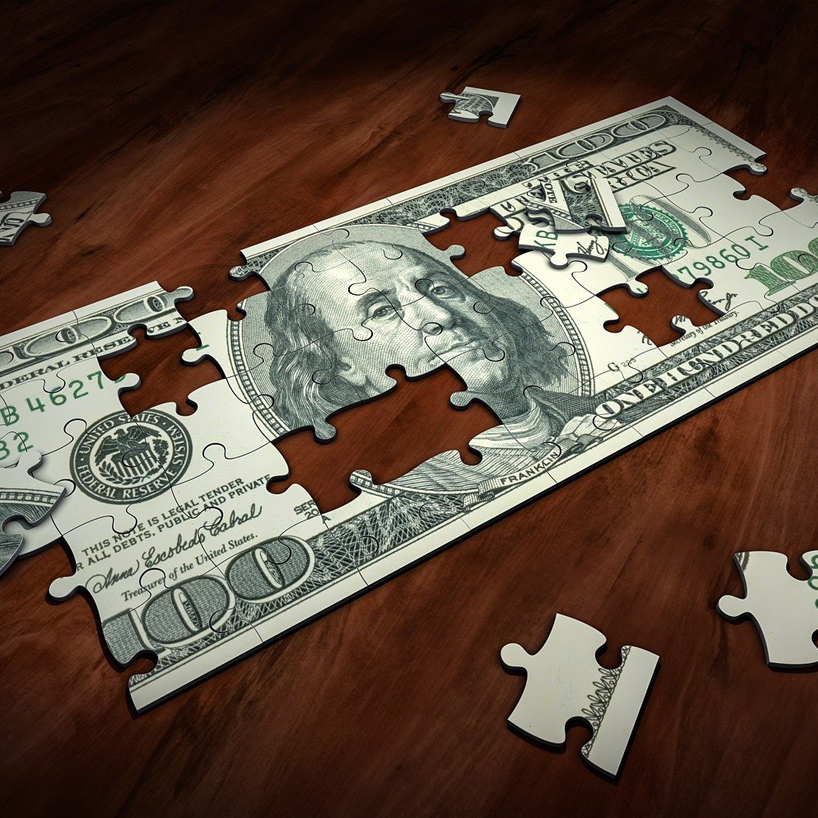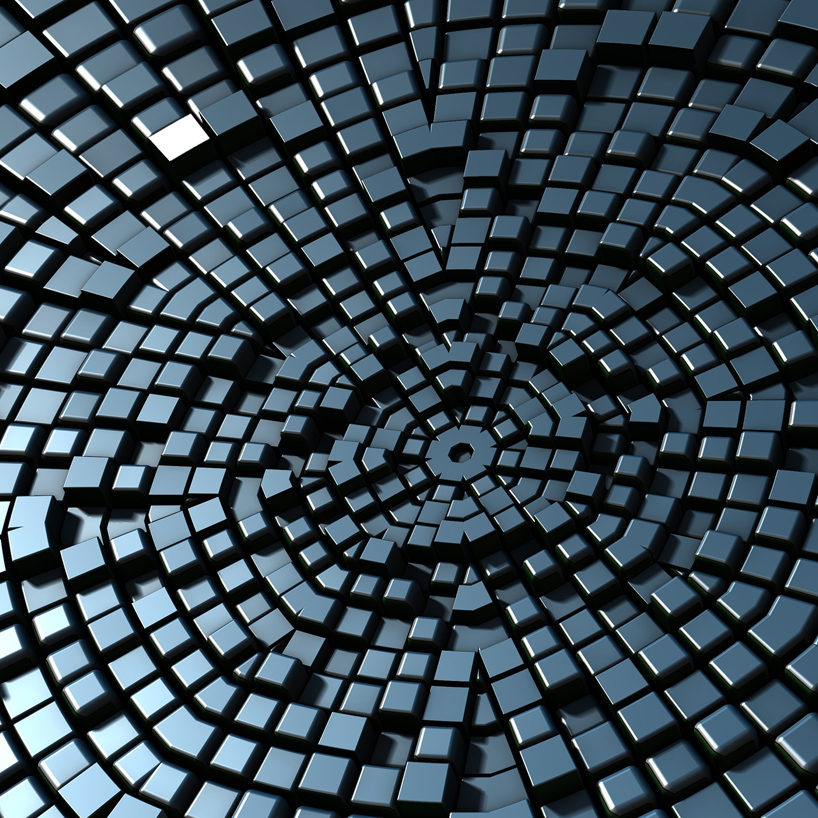What Exactly Is Blockchain Technology?
Admin
Mar 10, 2021

In simple terms, a blockchain is a type of computer database that is public and decentralised. A blockchain stores information in data structures called “blocks”, with each block identified by a unique cryptographic “hash” and timestamp.
Since blocks do not have infinite storage capacities, once a block is filled, it is chained onto the previously filled block, hence the name “blockchain” (a cryptographic term that was invented as far back as 1991). Each time a new block is created, it will contain a hash of the previous block so that the chain perpetuates itself in the correct order.
Blockchains are append-only, meaning that you can only add information, it is impossible to delete or alter anything that has already been added to the blockchain.
Blockchain technology actually isn’t that difficult to understand: If we had to break it down into simple terms, the blocks contain data and are stored in a public database, which makes up the chain. The data that is contained in the blocks consist of information about the transaction including the value, time, date, and digital signatures. This data is public for anyone to view (although, it is worth noting that there are some private blockchains that implement the same technology, and are actually opaque - these are called “permissioned” blockchains).
Blockchain technology is sometimes used as a synonym of distributed ledger technology (DLT) even though they technically aren’t the same thing; Blockchain tech is simply a form of DLT: A blockchain uses several technologies and techniques including DLT, peer-to-peer networks, and various other cryptography methods.
The simplest analogy used for understanding blockchain technology could be comparing it to a shared Google Doc (a Word Processing Document on Google’s Office Suite of Software): When a person creates a document on Google Docs and shares it with a group of friends or co-workers, the document is distributed to the other people and not copied or transferred, thus, creating a decentralized distribution chain that allows everyone to access the document simultaneously. One person may make modifications while the other people watch in real-time, making the modifications completely transparent. While there are numerous nuances to this analogy that make blockchain slightly different, this gives you a basic idea of how the tech works.
Security
There are many factors in place to ensure that every transaction recorded on the blockchain is secure. Since each transaction recorded on the blockchain has its own unique hash creating a one-way encryption, and these transactions are recorded in new blocks, it is nearly impossible to go back and alter a previous transaction or block because the hash changes with every block.
Practical Applications Of Blockchain
Blockchains are not only used for storing information about digital transactions, they can also be used to store information about property sales, medical records, tracking music royalties and can even be used to create a secure voting mechanism.
In the case of property sales and transactions, a blockchain can be used to facilitate and record property sales. Furthermore, it can also be used to create a property registry to replace the outdated paper documentation which is often vulnerable to loss, fraud, and mismanagement.
Blockchain has many use cases in the healthcare sector including managing patient records, tracking patient medication and it can even be utilised to track the progress of patients after they leave the hospital.
The benefit of utilising a blockchain is that it allows data to be stored in a decentralised, secure database without any loss of historic data.




